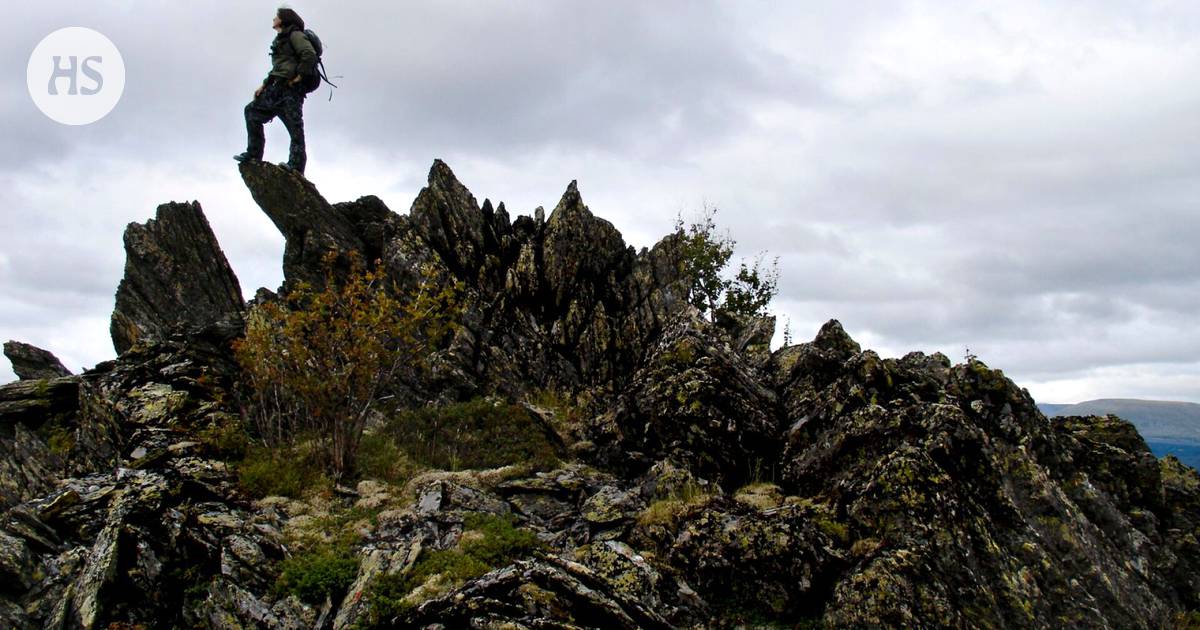Helsinki|university of Helsinki
The fragmentation of the Uralic language community is linked to three episodes, according to the research team.
Fresh according to the study, climate change and drought may have triggered the spread of the community that originally lived in western Siberia, first from the east, later from south to north.
The University of Helsinki’s multidisciplinary research team says in a press release that it has clarified the picture of the preliminary stages of the Finnish language.
“The findings of linguistics, archeology and genetics on the main lines of prehistoric development can now be credibly combined. There is good reason to believe that the spread of the Uralic languages began in Western Siberia during the early Metal Age, and it took place fairly quickly, ”said the professor of archeology. Volker Heyd says.
The spread of the Uralic languages to the west occurred about 4,200 to 3,900 years ago, first to the Central Volga and finally to the Baltic Sea and the North Atlantic.
Of the Urals the fragmentation of the language is linked to three episodes, according to the research team.
The first episode was a change in natural conditions that caused widespread drought. In northwestern Europe, humidity increased, but globally the climate cooled.
The second episode was the intercultural and archaeological Seima – Turbino phenomenon, which created a complex network characterized by bronze objects.
Third, scholars highlight the Indo-Iranian contact episode, during which foreign vocabulary spread to Uralic languages. They assimilated the languages previously spoken in the region.
About The 4,500-year-old Uralic language is almost as old as the Indo-European language, which began disintegrating about 5,100 years ago, the release said.
The spread led to contacts with Indo-Iranian languages and the emergence of a long zone of contact in what is now Central Russia. The early loanwords from this contact spread to different branches of the Uralic languages, such as the Sámi, Baltic Finnish, Mordovian, Mari, and Permian languages, but are missing from the Samoyed language, the easternmost branch of the language.
The early metal age and the Bronze Age culture with its networks contributed to the rapid spread of languages to the west. Waterways were particularly important for early migration, and metals from the Urals and Siberia, as well as those that later spread from the Volga to the Baltic Sea, also passed west.
In the first phase, the spread occurred from east to west, in the second phase from south to north. Early Uralic speakers of their Indo-European neighbors on the European side embraced agriculture and animal husbandry in the area bounded by the Volga and its tributaries Oka and Kama. As climatic conditions improved, agriculture also spread to areas behind the northern valley.
“For a long time, attempts have been made to explain the wide geographical area of Uralic language spoken from the center, that is, from Inner Russia, to the periphery. This shows, on the basis of the latest information from various disciplines, that the spread was almost exclusively from east to west, ”says Professor. Riho Grünthal says.
#University #Helsinki #Researchers #information #birth #Finnish #language








